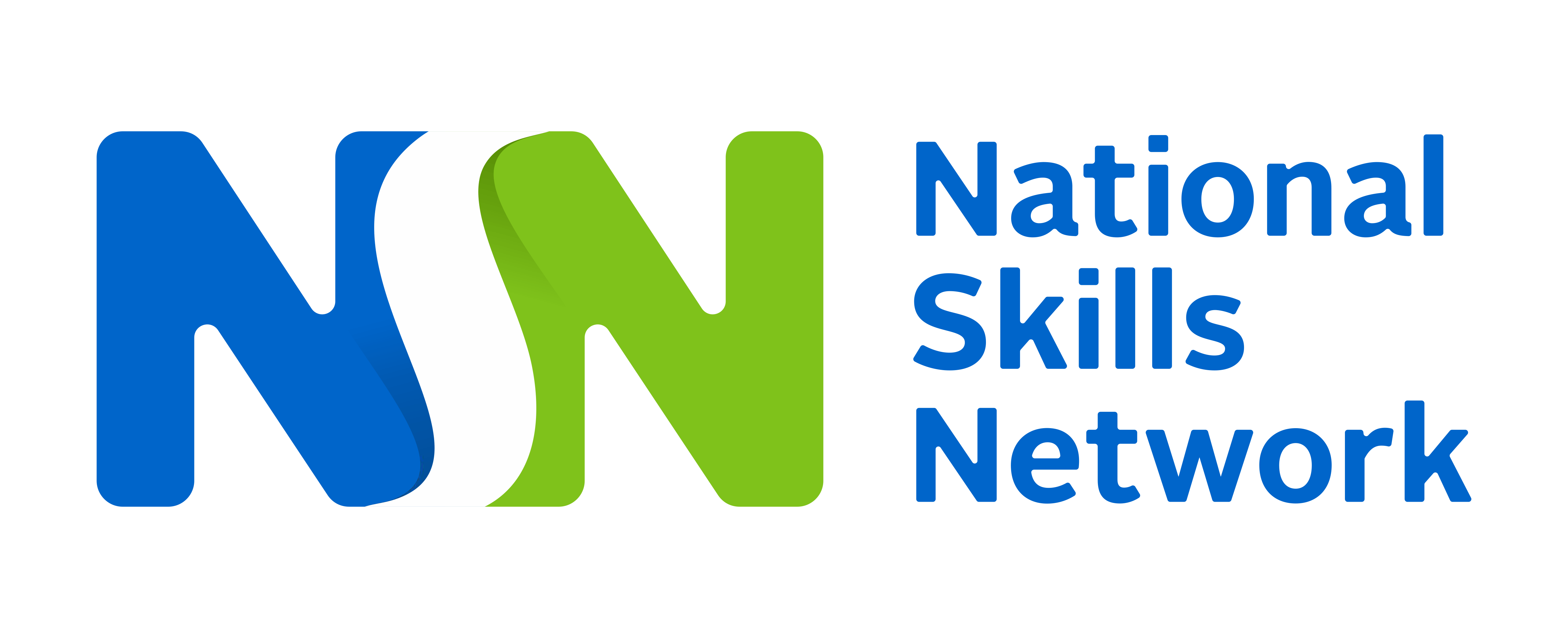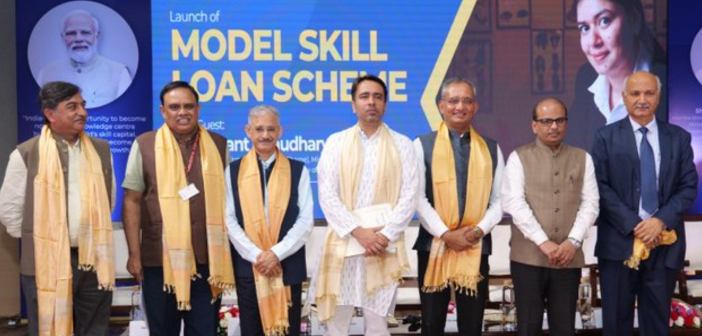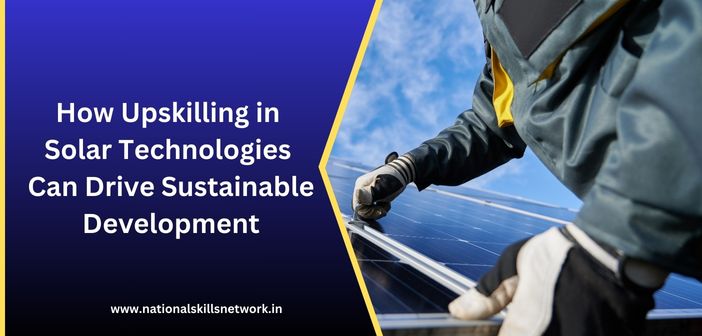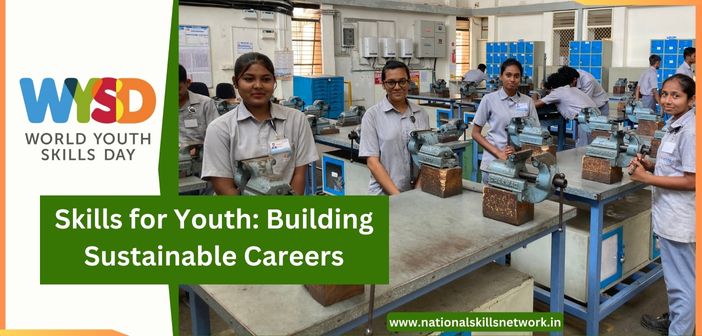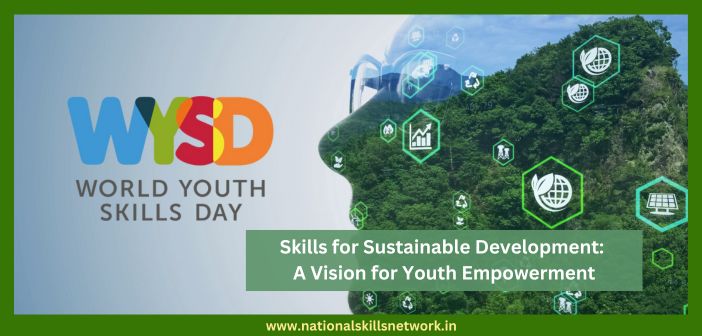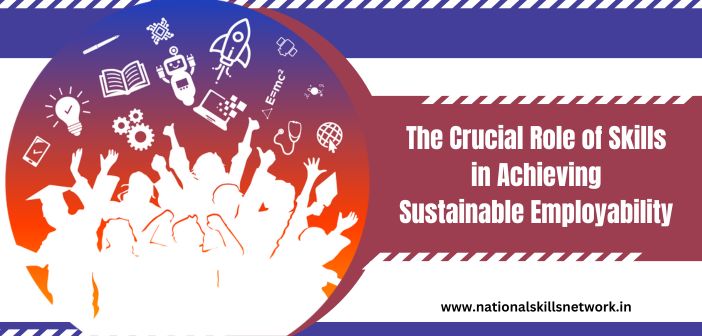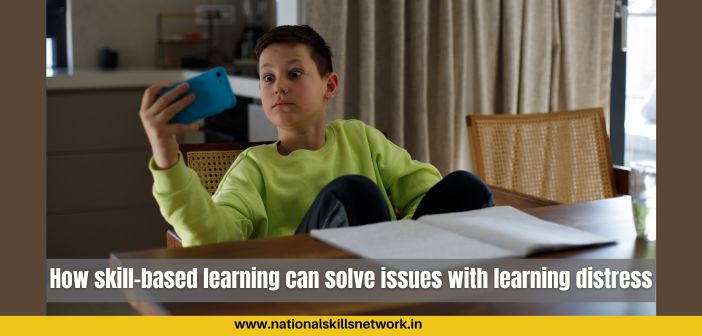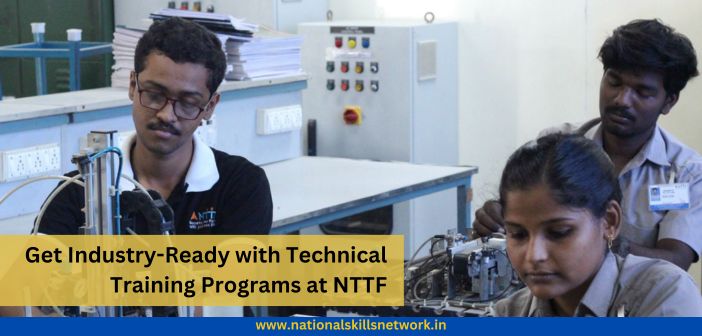
In India, Corporate Social Responsibility (CSR) is a major aspect of skill development when it comes to the models of funding. There have been many queries and speculations regarding CSR in skill development. As skilling in India is a fast-evolving industry, a simplified answer to the queries of our readers was the need of the hour.
Team NSN caught up with Mr Rathish Balakrishnan, Co-founder and Managing Partner, Sattva Consulting who decoded CSR and other models in skill development for a better understanding of people.
Read on to know more. You can also watch the video interview on our YouTube channel, for which the link is given below.
Q. Could you please simplify CSR and other aspects of skill development?
A: Initially, the funding in skill development was done to improve the human potential, to provide skill development to students for better employability. It was seen as a role of philanthropy. Around 2009, there was a big change in the way skill development was seen. The government started investing in skill development to show the industries the value of skilling in India so that the industries would start investing in skill development.
With this transition, the focus on metrics like placement, retention and salary became critical. Today, we are still in the middle of the transition as industries are still not fully involved and the government is still thinking about how to demonstrate the value effectively.
As the transition hasn’t happened completely, the capital for skill development is coming from three different sources – through government investment which is substantial, through CSR, domestic and international foundations and the third part is equity and debt investments in for-profit organizations who are looking at newer models of skilling, placement and ongoing learning. Commercial investors today believe that if you put in money in companies as equity to help them build better technology solutions and skilling then it will have better solutions to skill development.
Skilling is a very intuitive choice for many companies to invest in CSR as it is a part of a business that they understand and they know the long-term value. And the government is still the biggest payer for all the skill development models.
Q. As the transition hasn’t happened and most skill development programs are still government-driven, are there any observations you would like to share?
A: The biggest challenge would be to make skill development relevant to the industry so that they find value in it. Today, most of the skill development programs are like sourcing platforms for companies where they find access to talent. One important point to consider for the transition to happen is whether improved skill is resulting in an actual market premium for the industry or not. If we take the example of the South Asian countries like China and South Korea, they have tied skill development with export readiness of the industries which in turn created a demand for skilled talent.
In India, the business scale for skilling at the company level has not been clearly done. So, the companies are not able to unlock market premium to improved skilling. Also in India, as we have a very target-focused approach, we have essentially gone for industries that have high attrition. So, achieving market premium should be the focus area as this would demonstrate the value of skill development clearly.
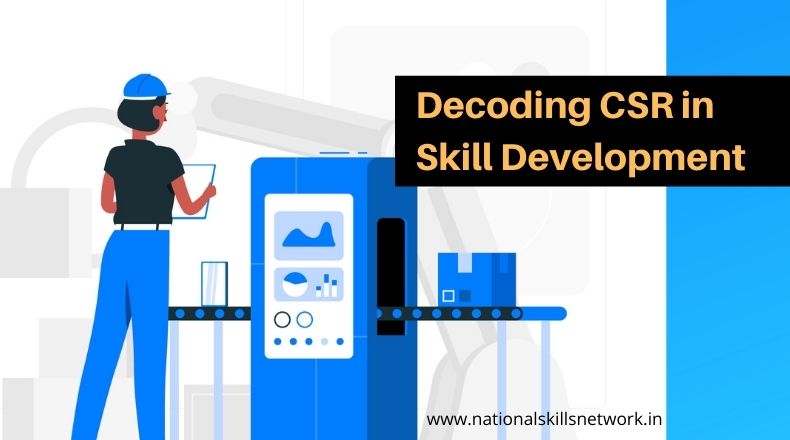 Q. Are there any databases available for organizations who want to leverage CSR funding?
Q. Are there any databases available for organizations who want to leverage CSR funding?
A: Today, there are public data available for any non-profit organization or a skilling player to understand which company is investing in skill development, which locations do they invest in, and in most cases which partners they have invested in as well. To give people access to this information, Sattva has started the India Data Insights initiative. It cleans up all the data across the country for multiple years and gives a database of all information. It is available at a very nominal cost. If anyone wants to access the database, they can contact the Sattva team.
Q. How would you simplify the models in CSR and skill development?
A: If an organization is looking to unlock CSR capital, then it is a three-step process.
- They must document and standardize their model
- They must show historical data on key indicators like placements and retentions
- They should focus on market engagement. They can directly engage with companies or through intermediaries.
For a non-profit organization working at the grass-roots level, they should look at the following avenues which will help them unlock the CSR capital.
- Most large companies also have decentralized decision making. Approaching the regional level CSR heads of these companies would help the non-profits would increase their chances of getting the CSR funding.
- They could also find larger aggregators who are willing to partner with local organizations. Here, sub-granting would be a better idea.
- Some companies are also building their own models of entrepreneurship and community-based livelihood models and might be willing to replicate that in localities. Finding such models would be helpful for non-profit organizations.
Q. How does the report on Returns on Skilling released by Sattva and other partners help people who are already in skilling or who would like to get into the domain?
A: There are three perspectives to the report that was released by Sattva:
Why did Sattva do the report?
Skill development is going through a point of inflection at the moment. The models haven’t been as effective as we wanted them to be. Due to the inflection, newer models are also starting to emerge. And there was an assumption that the more money one invests in skilling the better returns they get. So, does more money invested in skill development actually results in better skilling outcomes for everyone? As the philanthropy capital is limited, answering the question was important.
What was the outcome?
After thorough research, we recognized that there’s no correlation between the cost of skill development programs to the actual returns that the aspirants get. However, specific types of programs in specific investments actually had better results. For example, if someone invests in advanced training topics in sectors like IT and Healthcare in college-based programs, they will actually see better returns in skill development. The idea behind the report was to make it as actionable as possible. There are insights for both practitioners and donors.
To read the full report please visit– https://bit.ly/32xOmDf
Where do we want to go from here?
Today, we have no measure on retention at scale, on career progression and income premium over a period of time. The only measure that was standardized and available was the starting salaries and placement numbers. This highlights a critical data challenge in the sector. The need of the hour is to find a way to enrich the data quality in the skill development space. The more we make it consistent, the more we are able to compare and improve our programs better.
Also read: CSR in Skill Development: Avenues, insights and impact https://nationalskillsnetwork.in/csr-in-skill-development/
Q. What would be your message to our audience?
A: We are living in a very interesting time where there is a definite inflection in the way we are looking at skilling in India. We are trying to build a monolith model to solve many problems in the industry. So, here we must focus on the four crucial problems as we move forward:
- We must fix our education system to ensure the supply into the skill development space is good. We should focus more on creating strong school-based vocation programs.
- We should focus more on building human potential. Today, students don’t have the required life skills to survive and thrive in a professional environment.
- We need to build better matching platforms to get people to jobs.
- We have to ensure retention and the ongoing learning model.
If we focus on these four areas combined with government and industry engagement, we will get a better-quality outcome that we are trying to create in skilling.
